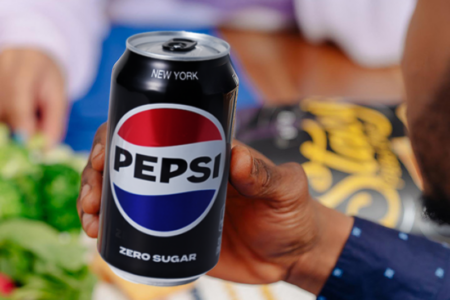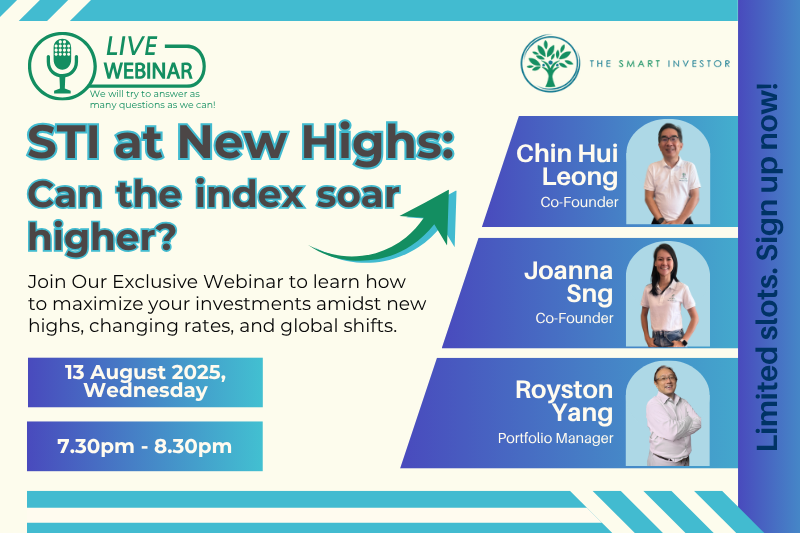The first two weeks of November will deliver verdicts on three critical dividend stories.
We’re talking about Singapore’s blue-chip companies too.
DBS Group (SGX: D05) is the lone bull projecting 2025 net interest income growth while rivals Oversea-Chinese Banking Corporation (SGX: O39) and United Overseas Bank (SGX: U11) brace for net interest margin compression.
Meanwhile, Frasers Logistics & Commercial Trust (SGX: BUOU) is fighting against headwinds after a 13.8% DPU collapse.
Finally, Singapore Telecommunications (SGX: Z74) will see its Optus profits collide with network failures that have impacted thousands of Australians.
Which management teams can deliver?
Here’s what to watch.
DBS Group: The Lone Bull in a Rate-Cut World
While OCBC and UOB warn of net interest income (NII) pressures, DBS is playing a different tune.
DBS is projecting its 2025 NII to exceed 2024 levels despite the Federal Reserve’s recent rate cuts.
The numbers reveal why management’s confidence might be justified.
DBS’s 2025 second-quarter (2Q’25) results showed total income rising 4.6% year on year to S$5.7 billion, even as net interest margin compressed by 0.09 percentage points to 2.05%.
The secret?
Non-interest income surged 10.4% year on year, with wealth management fees jumping 25% as customers increased investments.
Here’s what sets DBS apart: While peers fret about margin compression, the bank’s diversified revenue engine keeps humming.
Net fee and commission income climbed 11.4% to nearly S$1.2 billion, treasury customer sales remained robust, and customer loans grew 1.9% to S$433 billion — offsetting thinner margins with volume.
The dividend story gets more intriguing.
Beyond maintaining the S$0.60 quarterly payout (plus S$0.15 capital return dividend), management’s hinting at a potential increase to S$0.66 in 4Q’25.
That’s a conviction you don’t see when headwinds are gathering.
In sum, DBS is betting its wealth management momentum and loan growth can overcome rate headwinds.
Singapore’s largest bank will report its 3Q’25 results on 6 November 2025.
If its upcoming results validate this thesis, that S$0.66 quarterly dividend could become reality while competitors cut their dividend payouts.
Frasers Logistics & Commercial Trust: When Rising Rates Meet Empty Offices
Frasers Logistics & Commercial Trust delivered a textbook case of how elevated interest rates hurt REITs — signified by its distribution per unit (DPU) falling 13.8% year on year to S$0.03 despite revenue climbing 7.5% year on year to S$232.3 million.
The culprit is clear: finance costs exploded 35% year on year to S$39.4 million, with borrowing costs now at 3.0%.
Meanwhile, Alexandra Technopark sticks out like a sore thumb.
Occupancy sits at just 77.1%, dragging the commercial portfolio down to 84.1%.
Yes, management secured leases for 54% of ex-Google’s space, but that means 46% remains empty — and finding tenants for that remainder looks increasingly challenging.
The recent A$195.3 million Melbourne Collins Street divestment signals both strategy and necessity.
FLCT was looking to exit before Melbourne’s supply glut hits.
The divestment was necessary to reduce gearing from 36.1% to 34.6%.
Post-divestment, logistics & industrial rises to 74.2% of the portfolio — doubling down on the segment maintaining 99.6% occupancy.
Here’s the silver lining: rental reversions averaged 29%, with logistics achieving 33% — both on a like-for-like basis.
But when finance costs surge faster than rental growth, even strong reversions can’t save distributions.
FLCT needs rates to fall or Alexandra Technopark to fill.
Unitholders will be hoping for better news on 7 November when the REIT reports its earnings.
Singtel (SGX: Z74): Optus woes overshadow the telco’s performance
Singtel shareholders face an uncomfortable truth: Optus is delivering its best financial performance in years just as its network failures make headlines for all the wrong reasons.
The numbers tell a story.
Optus’s EBIT jumped 36% year on year in the first quarter of the fiscal year ending 31 March 2026 (1Q’2026), extending FY2025’s impressive 55% operating profit surge.
Regional associates pitched in with contributions rising 15% year on year, while Bharti Airtel’s contribution more than doubled due to Indian tariff hikes.
But the operational reality tells another story.
September’s emergency services outage tragically resulted in three deaths, followed by yet another weekend disruption — the second one occurring just as Group CEO Yuen Kuan Moon touched down in Sydney for crisis talks with government officials.
Here’s what matters for dividend investors: At A$8.2 billion annually, Optus generates roughly half of Singtel’s revenue.
This is not for the lack of effort or resources.
Despite pouring A$9.3 billion into the Australian subsidiary over five years, network reliability remains frustratingly elusive.
The independent review due before year-end could mandate expensive infrastructure upgrades that redirect capital away from the S$2 billion share buyback.
At stake: Singtel’s annual dividend.
Watch the Singtel28 transformation closely.
Management is guiding for high single-digit EBIT growth in FY2026, with data centres through Nxera positioned as growth drivers.
But promises mean little if operational woes keep cropping up.
Bottom line: Optus has proved it can make money — its huge operating profit recovery speaks volumes.
Whether it can operate reliably enough to protect those profits is November’s A$8.2 billion question.
We’ll learn more when Singtel reports on 10 November 2025.
If you’re looking to buy the next S$100 billion stock in SGX, pay attention to our newest FREE report. We dug deep and uncovered which SGX companies have the potential for massive growth. Even if the numbers look great, things aren’t always what they seem. We let the numbers tell us the full story. Download for free now!
Follow us on Facebook, Instagram and Telegram for the latest investing news and analyses!
Disclosure: Chin Hui Leong owns shares of DBS Group and Frasers Logistics & Commercial Trust.






